Home>Garden Essentials>What Is Synthetic Grass Called?
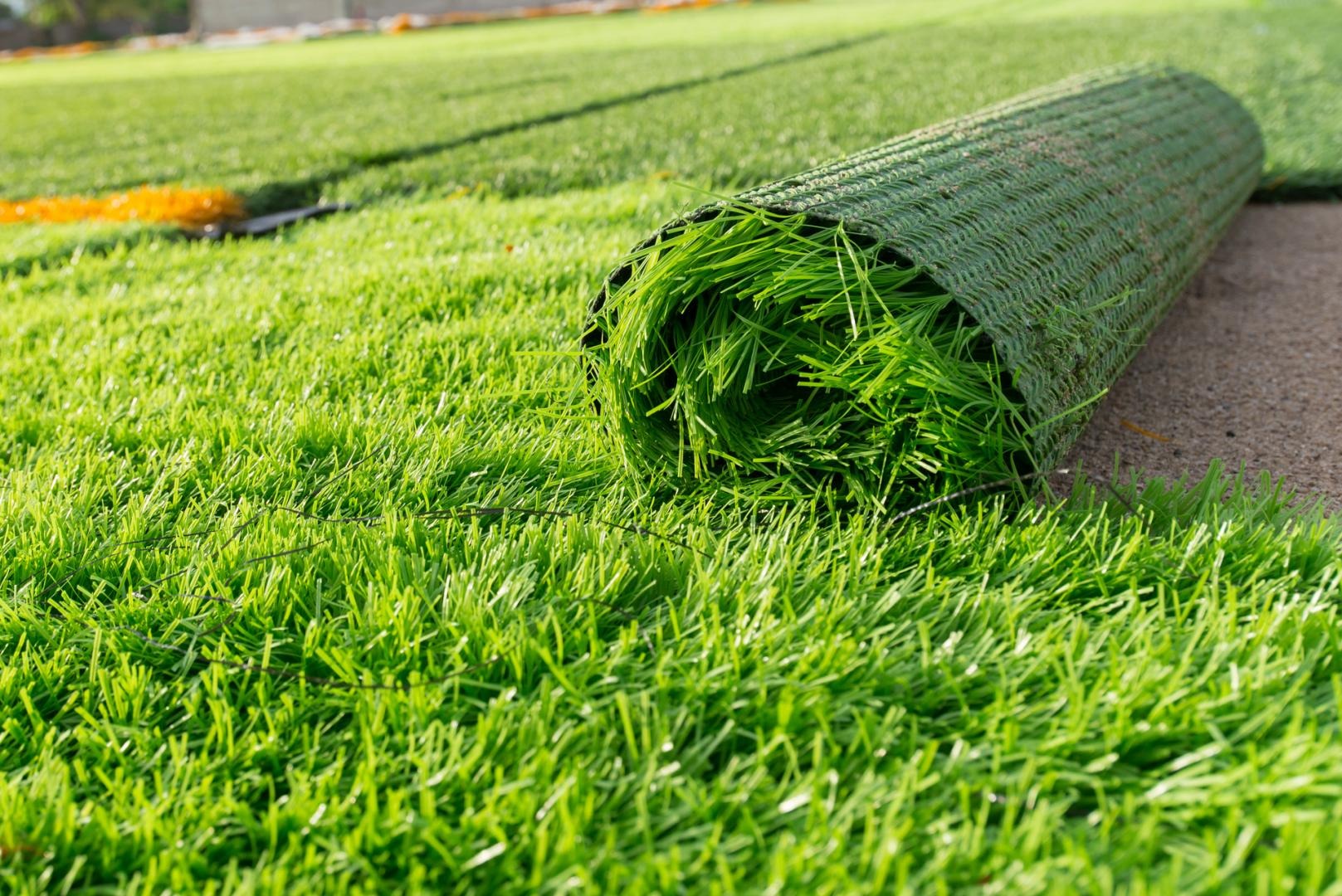

Garden Essentials
What Is Synthetic Grass Called?
Modified: March 24, 2024
Discover the name for synthetic grass used in gardens and transform your outdoor space with this low maintenance and durable alternative to natural grass.
(Many of the links in this article redirect to a specific reviewed product. Your purchase of these products through affiliate links helps to generate commission for Storables.com, at no extra cost. Learn more)
Introduction
Welcome to the wonderful world of synthetic grass! In recent years, the popularity of artificial turf has soared, as more and more people are discovering the benefits and beauty it can bring to their landscapes. Whether you’re tired of constantly mowing and watering a natural lawn, or simply looking to spruce up your outdoor spaces, synthetic grass offers a low-maintenance and visually appealing alternative.
But before we dive into the details, let’s first understand what synthetic grass actually is. Synthetic grass, also known as artificial grass or turf, is a man-made material designed to resemble natural grass. It is usually made from synthetic fibers like polyethylene or polypropylene, which are woven or tufted onto a backing material. The result is a lush, green surface that looks and feels remarkably similar to real grass.
Now that we’ve covered the basics, let’s explore the different types of synthetic grass available on the market. From highly durable sports turf to realistic residential grass, there is a wide variety to choose from to suit different needs and preferences.
Key Takeaways:
- Synthetic grass, also known as artificial turf, is a low-maintenance and visually appealing alternative to natural grass. It comes in various types, such as landscape grass, sports turf, and pet-friendly grass, each designed for specific purposes and applications.
- Synthetic grass offers benefits like low maintenance, water conservation, year-round beauty, safety, durability, and versatility. However, it’s important to consider potential drawbacks like initial cost, heat retention, and artificial appearance. Regular maintenance tasks include brushing, debris removal, cleaning spills, managing pet waste, fluffing and grooming, and periodic deep cleaning.
Types of Synthetic Grass
Synthetic grass comes in various types, each designed for specific purposes and applications. Here are some of the most common types:
- Landscape Grass: This type of synthetic grass is ideal for residential and commercial landscapes. It is designed to mimic the look and feel of natural grass, with different blade heights and color variations to create a realistic appearance.
- Sports Turf: Sports turf is specially engineered to withstand high traffic and intensive use. It is commonly used for football fields, soccer pitches, golf putting greens, and other sports surfaces. Sports turf is designed to provide optimal performance, durability, and safety for athletes.
- Pet-Friendly Grass: If you have furry friends in your household, pet-friendly synthetic grass is a great choice. It is designed with a specialized backing and drainage system that allows for easy cleanup of pet waste. The blades are also resistant to staining and discoloration.
- Rooftop Grass: For those with limited outdoor space, rooftop grass provides a green oasis in urban areas. It is lightweight, drains efficiently, and is suitable for installations on rooftops, balconies, and terraces.
- Playground Grass: Playground grass is specifically designed to meet the safety requirements of children’s play areas. It features a soft, cushioned surface that helps reduce the risk of injuries from falls. Playground grass is often installed in schools, daycare centers, and public parks.
These are just a few examples of the types of synthetic grass available. Each type has its own unique characteristics and specifications, so it’s essential to choose the right one based on your specific needs and the intended use of the area.
Common Names for Synthetic Grass
When it comes to synthetic grass, you may have heard a variety of names used to refer to it. While the official term is “synthetic grass” or “artificial turf,” there are several other common names for this versatile landscaping material. Here are some of the most frequently used names:
- Fake Grass: This term is perhaps the most straightforward and self-explanatory. It refers to the fact that synthetic grass is an artificial alternative to natural grass. Some people prefer to use this term to emphasize the fact that it is not real grass.
- Astroturf: Astroturf is a brand name that has become synonymous with synthetic turf. It was one of the first companies to produce artificial turf and played a significant role in popularizing it. However, Astroturf is now used more generally to refer to any type of artificial grass.
- Artificial Lawn: This name highlights the fact that synthetic grass is used as an alternative to traditional, natural lawns. It is a popular term used by homeowners who want to transform their outdoor spaces without the hassle of maintaining a real lawn.
- Plastic Grass: While not entirely accurate, the term “plastic grass” is often used colloquially to describe synthetic turf. It stems from the fact that the blades of synthetic grass are made from plastic polymers, providing durability and resilience.
- All-Weather Grass: This name emphasizes one of the key advantages of synthetic grass: it can withstand various weather conditions. Unlike natural grass, which may struggle in extreme heat or heavy rain, synthetic grass remains vibrant and usable throughout the year.
These are just a few examples of the common names used to refer to synthetic grass. Regardless of the name, the purpose of this material remains the same – to provide a low-maintenance, visually appealing alternative to natural grass.
Benefits of Synthetic Grass
Synthetic grass offers numerous benefits that make it an attractive choice for homeowners, businesses, and organizations. Here are some of the key advantages of using synthetic grass:
- Low Maintenance: One of the most significant benefits of synthetic grass is its low maintenance requirements. Unlike natural grass, which needs regular mowing, watering, fertilizing, and weeding, synthetic grass only requires occasional brushing to keep the blades upright and remove debris.
- Water Conservation: As the world faces increasing concerns about water scarcity, synthetic grass is an eco-friendly solution. It does not require watering like natural grass, reducing water consumption and helping to conserve this precious resource.
- Year-Round Beauty: Synthetic grass stays green and vibrant throughout the year, regardless of weather conditions or foot traffic. You can enjoy a lush and inviting landscape without the hassle of brown patches or muddy areas, even in high-traffic areas.
- Safe and Allergy-Friendly: Synthetic grass is free from allergens such as grass pollen, making it an excellent choice for individuals with grass allergies or respiratory conditions. Additionally, it eliminates the need for harmful pesticides and fertilizers, creating a safer environment for children and pets.
- Durable and Long-Lasting: Synthetic grass is designed to withstand heavy use and foot traffic. It is highly durable and can maintain its aesthetic appeal for many years. This makes it ideal for areas such as sports fields, playgrounds, and high-traffic commercial spaces.
- Versatility: Synthetic grass can be installed in various locations and surfaces, including lawns, rooftops, balconies, and even indoor areas. Whether you want to create a backyard oasis or a pet-friendly play area, synthetic grass offers the versatility to transform any space.
These are just a few of the many benefits that synthetic grass provides. By choosing synthetic grass, you can enjoy a beautiful, low-maintenance, and eco-friendly landscape solution that enhances the overall aesthetics and functionality of your outdoor spaces.
Synthetic grass is also known as artificial turf or fake grass. It is a man-made alternative to natural grass, commonly used for landscaping, sports fields, and playgrounds.
Drawbacks of Synthetic Grass
While synthetic grass offers many advantages, it is important to consider the potential drawbacks before making a decision. Here are some of the key considerations:
- Initial Cost: The upfront cost of installing synthetic grass can be higher compared to natural grass. This includes the cost of materials, installation, and any necessary groundwork preparation. However, it is important to weigh this against the long-term savings in maintenance and water expenses.
- Heat Retention: Synthetic grass can absorb and retain heat, making it hotter to the touch compared to natural grass. In areas with high temperatures, this can make the surface uncomfortable for barefoot walking or play. However, this can be mitigated by choosing lighter-colored synthetic grass or using techniques to cool the surface.
- Artificial Appearance: While synthetic grass has come a long way in terms of mimicking the look and feel of real grass, some people may still find it lacking the natural aesthetic. However, advances in technology have resulted in more realistic options, and many homeowners are satisfied with the visual appeal of synthetic grass.
- Potential for Odor: If not properly maintained and cleaned, synthetic grass can develop an unpleasant odor. This is especially true for pet-friendly grass, as pet urine may accumulate and cause odors over time. Regular cleaning and proper drainage can help prevent this issue.
- Non-Biodegradable: Synthetic grass is made from plastic materials, which means it is not biodegradable. This has environmental implications since it does not break down naturally. However, the longevity of synthetic grass reduces the need for replacing it frequently, which can offset the environmental impact to some extent.
- Surface Temperature: Synthetic grass can become significantly hotter than natural grass when exposed to direct sunlight. This can limit its use during hot summer months, particularly in regions with extreme temperatures. However, shade structures and strategic placement of the synthetic grass can help mitigate this issue.
It’s essential to weigh both the benefits and drawbacks of synthetic grass to determine if it is the right choice for your specific needs and circumstances. Considering factors such as climate, budget, and intended use will help you make an informed decision.
Read more: What Is Synthetic Grass Made Of?
Maintenance of Synthetic Grass
One of the key advantages of synthetic grass is its minimal maintenance requirements compared to natural grass. However, like any outdoor surface, synthetic grass still requires regular care to ensure its longevity and optimal performance. Here are some essential maintenance tasks for synthetic grass:
- Regular Brushing: Periodic brushing helps to keep the synthetic grass blades upright and maintain their natural appearance. This can be done using a stiff bristle brush or a power broom. Brushing also helps to redistribute infill materials to prevent matting and ensure even coverage.
- Removing Debris: It is important to remove any debris that accumulates on the synthetic grass surface. This includes fallen leaves, twigs, dirt, and other organic matter. Regularly sweeping or using a leaf blower can help keep the surface clean and prevent the buildup of debris.
- Cleaning Spills: Accidental spills, such as food or beverages, should be promptly cleaned to prevent staining. Use a mild detergent mixed with water to gently sponge clean the affected area. Avoid harsh chemicals or abrasive cleaning agents that may damage the synthetic grass fibers.
- Managing Pet Waste: If you have pets, it’s crucial to clean up their waste regularly. Remove solid waste and rinse the affected area with water to prevent odors and maintain hygiene. Synthetic grass designed for pets usually has specific features, such as specialized drainage, to facilitate cleaning and minimize odors.
- Fluffing and Grooming: Over time, synthetic grass may experience minor flattening or matting in high-traffic areas. To restore the natural appearance, use a brush or a flexible rake to fluff up and groom the affected sections. This keeps the synthetic grass looking lush and even throughout the entire surface.
- Periodic Deep Cleaning: While regular maintenance tasks are usually sufficient, it is advisable to perform periodic deep cleaning for heavily soiled areas or as part of routine maintenance. This can be done using mild detergents, biodegradable cleaners, or specialized artificial grass cleaning solutions. Follow the manufacturer’s instructions for best results.
By following these maintenance practices, you can ensure that your synthetic grass remains clean, attractive, and long-lasting. Consulting the manufacturer’s guidelines and recommendations specific to your synthetic grass type is essential to ensure proper care and maintenance.
Conclusion
Synthetic grass, with its realistic appearance and numerous benefits, has become a popular choice for homeowners, businesses, and organizations alike. By offering an attractive, low-maintenance alternative to natural grass, synthetic grass has transformed landscapes and outdoor spaces across the globe.
Throughout this article, we have explored the different types of synthetic grass, including landscape grass, sports turf, pet-friendly grass, rooftop grass, and playground grass. Each type is designed to meet specific needs and requirements, providing versatility for various applications.
While synthetic grass has many advantages, it is important to consider the potential drawbacks. These include the initial cost, heat retention, artificial appearance, potential for odor, non-biodegradability, and surface temperature. However, these factors can be managed and mitigated through proper installation and maintenance practices.
Maintaining synthetic grass involves regular brushing, debris removal, cleaning spills, managing pet waste, fluffing and grooming, and periodic deep cleaning. By following these maintenance tasks, you can ensure that your synthetic grass remains in its best condition and provides long-lasting beauty and functionality.
In conclusion, synthetic grass offers a multitude of benefits, including low maintenance requirements, water conservation, year-round beauty, safety, durability, and versatility. It is an excellent choice for those seeking an attractive, hassle-free alternative to natural grass. By carefully considering your specific needs and understanding the maintenance requirements, you can enjoy a beautiful, evergreen landscape that enhances your outdoor spaces for years to come.
Frequently Asked Questions about What Is Synthetic Grass Called?
Was this page helpful?
At Storables.com, we guarantee accurate and reliable information. Our content, validated by Expert Board Contributors, is crafted following stringent Editorial Policies. We're committed to providing you with well-researched, expert-backed insights for all your informational needs.
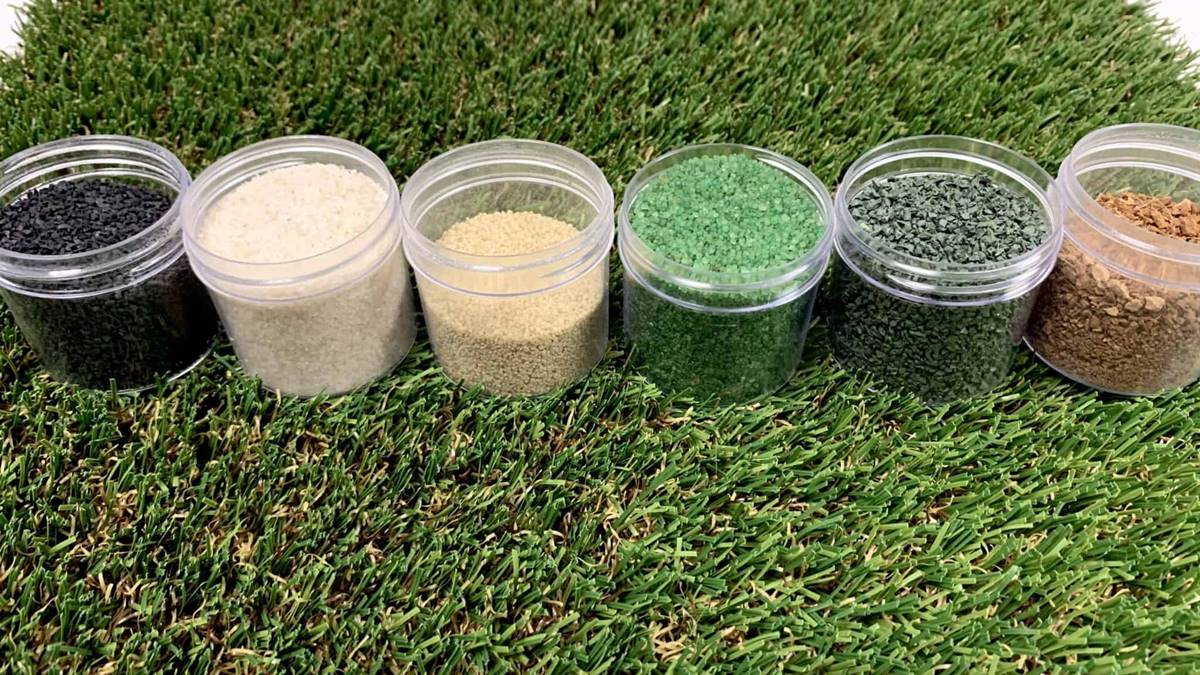

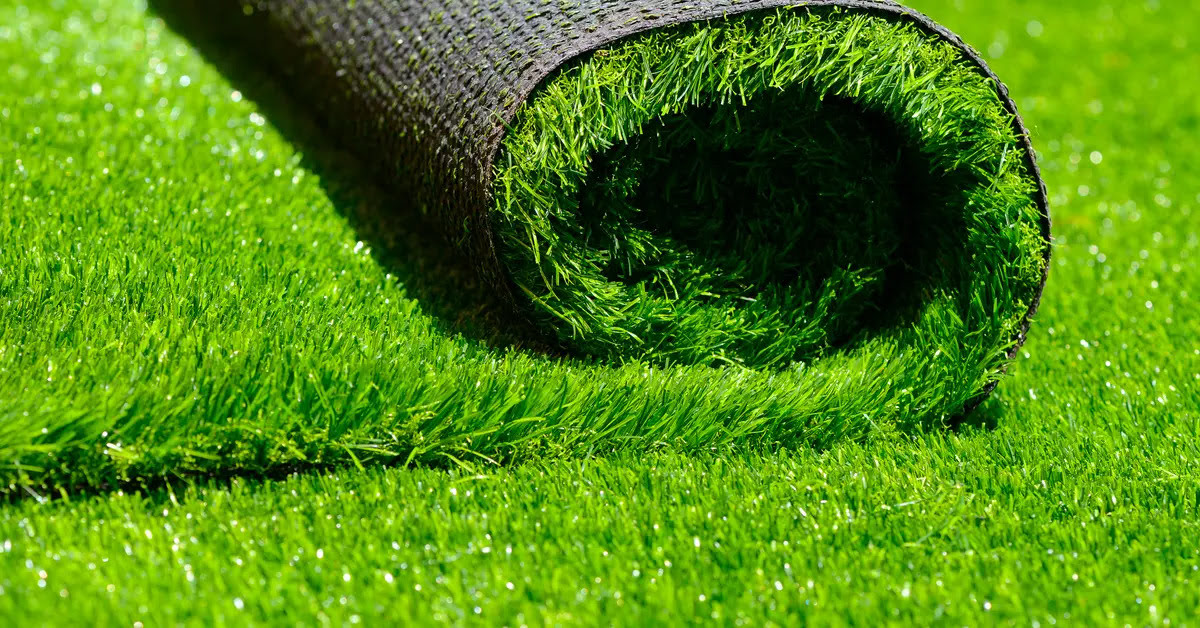
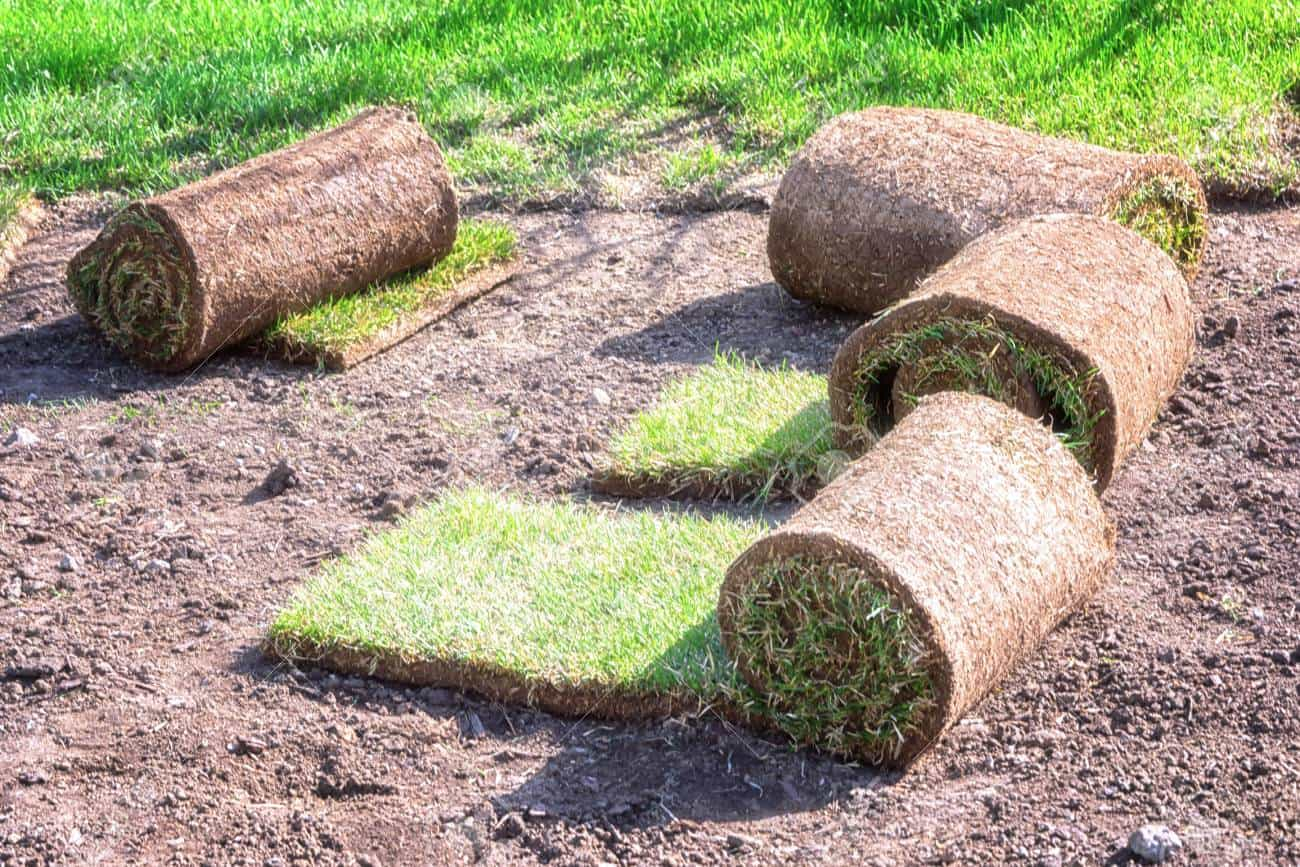
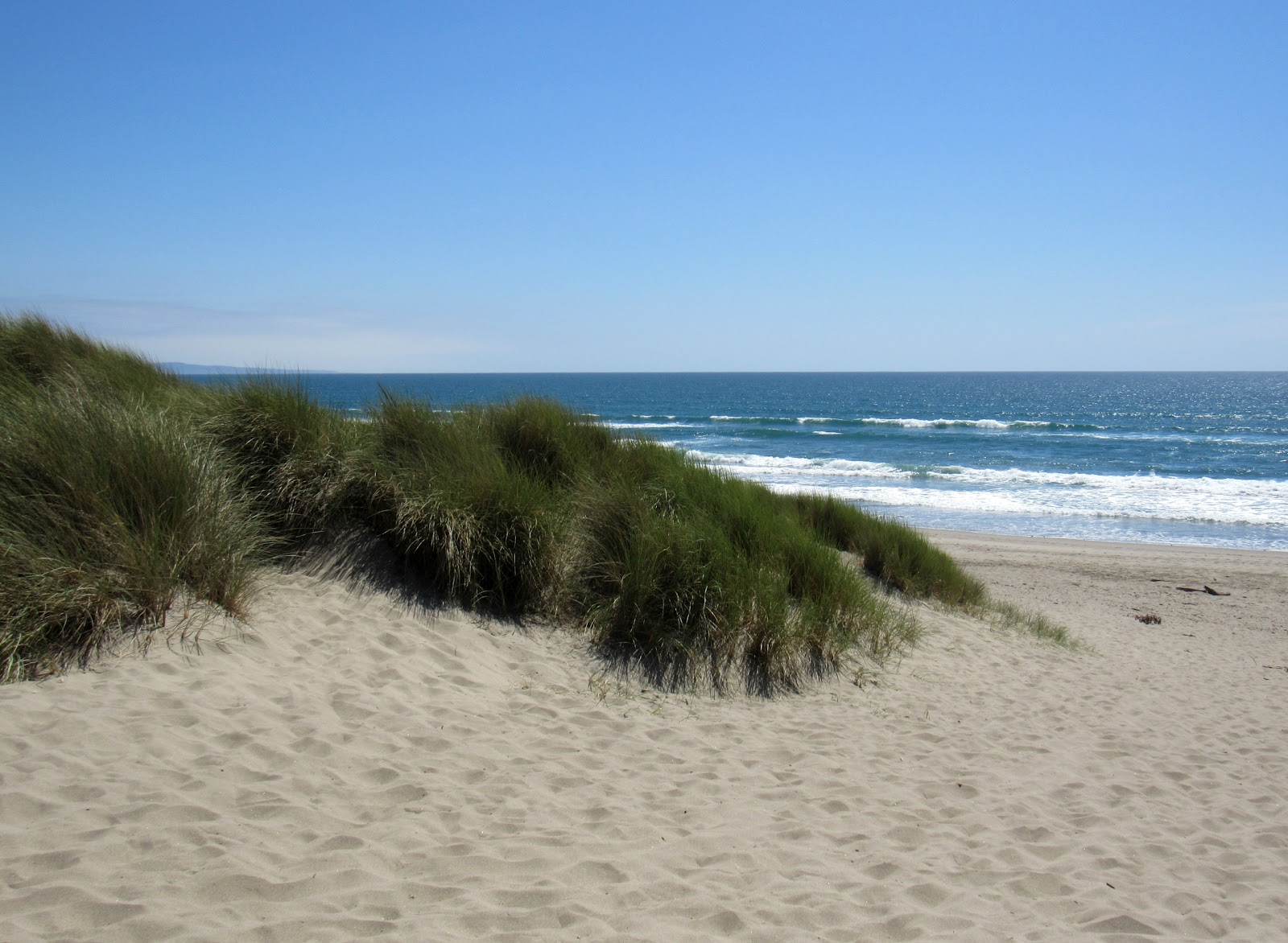
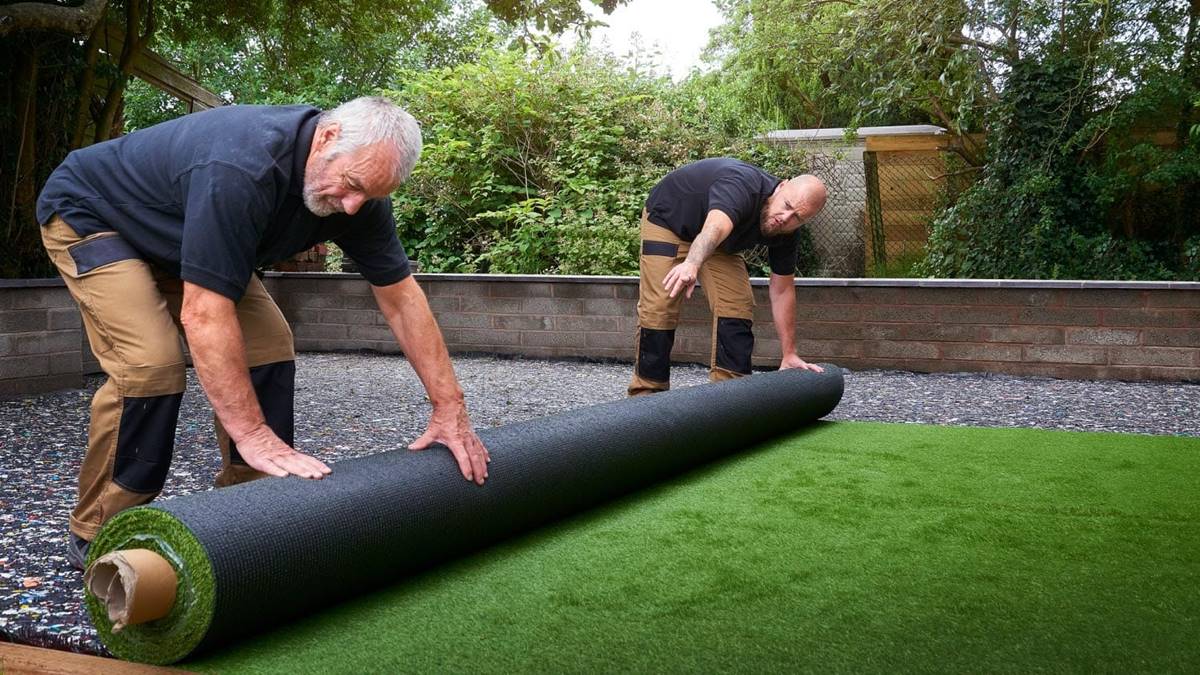
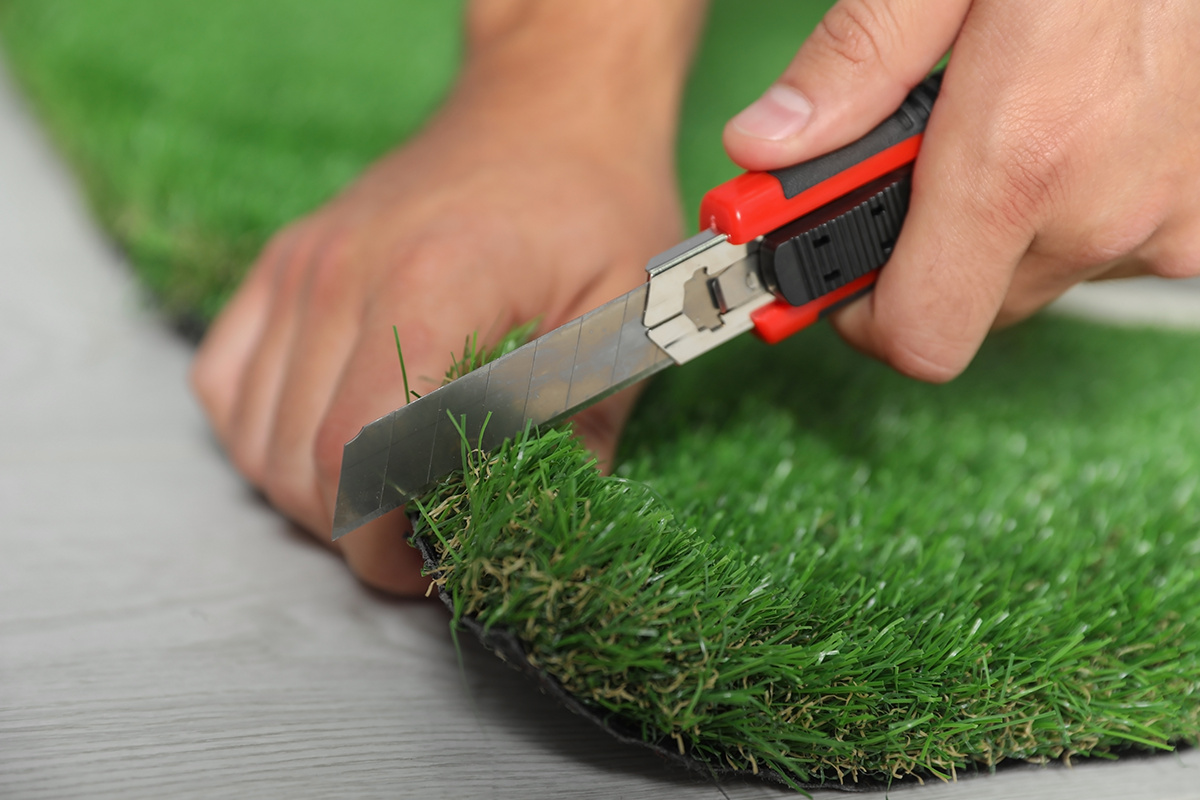
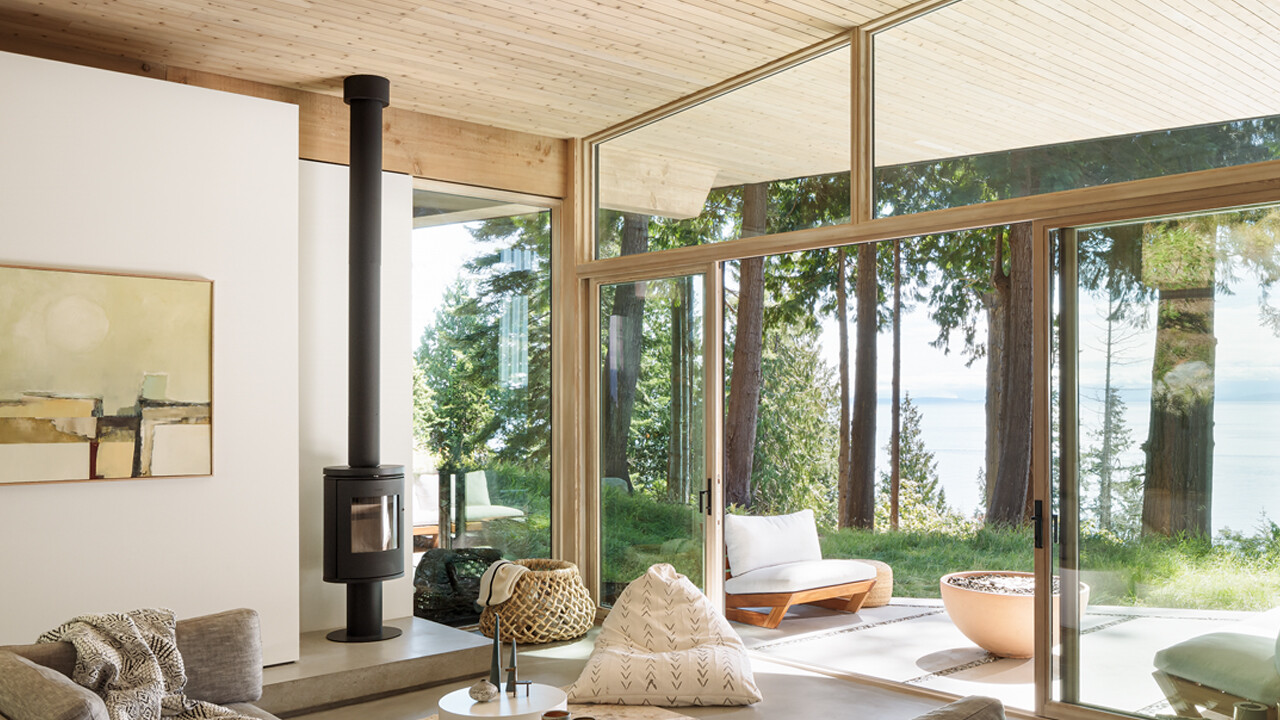
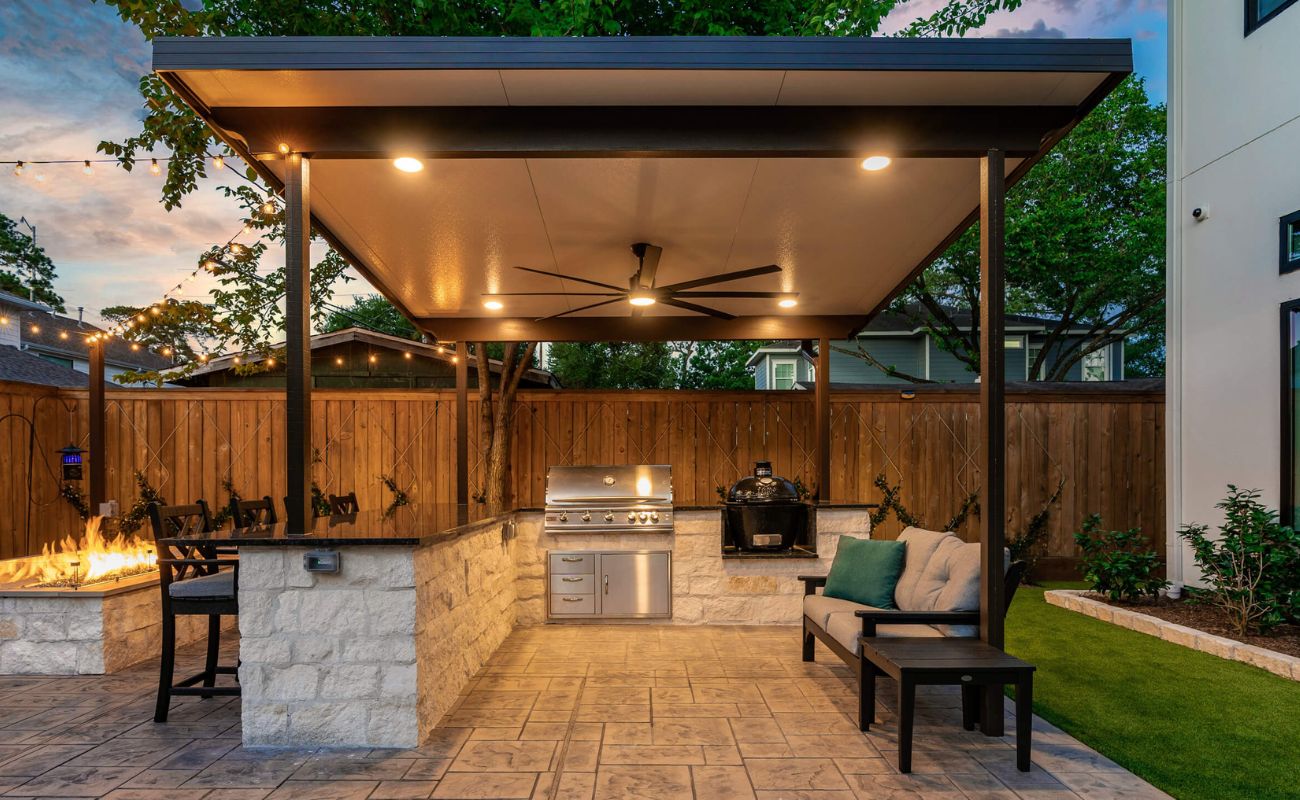
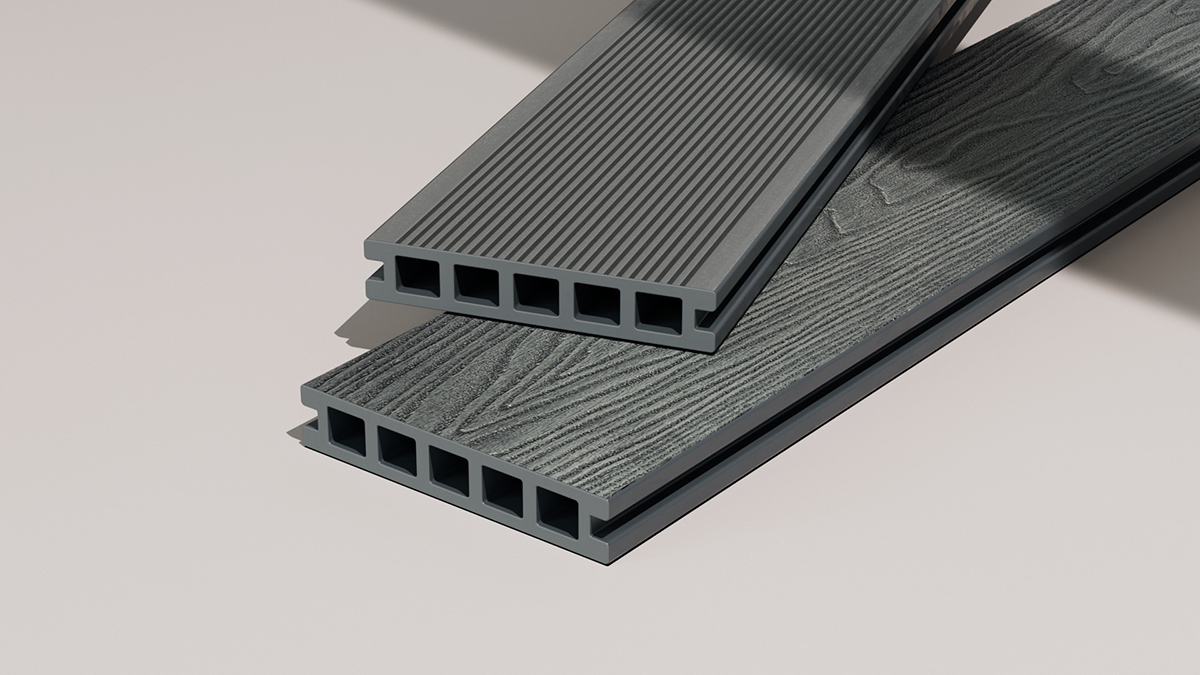
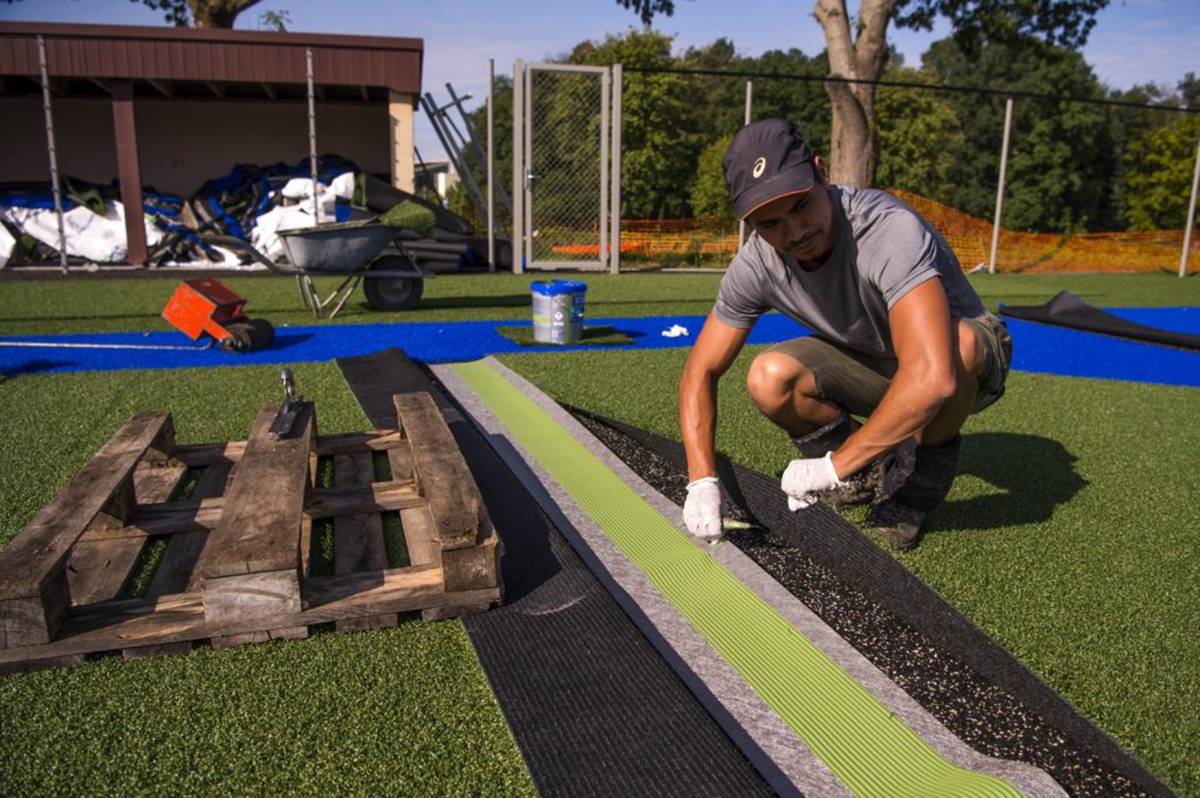
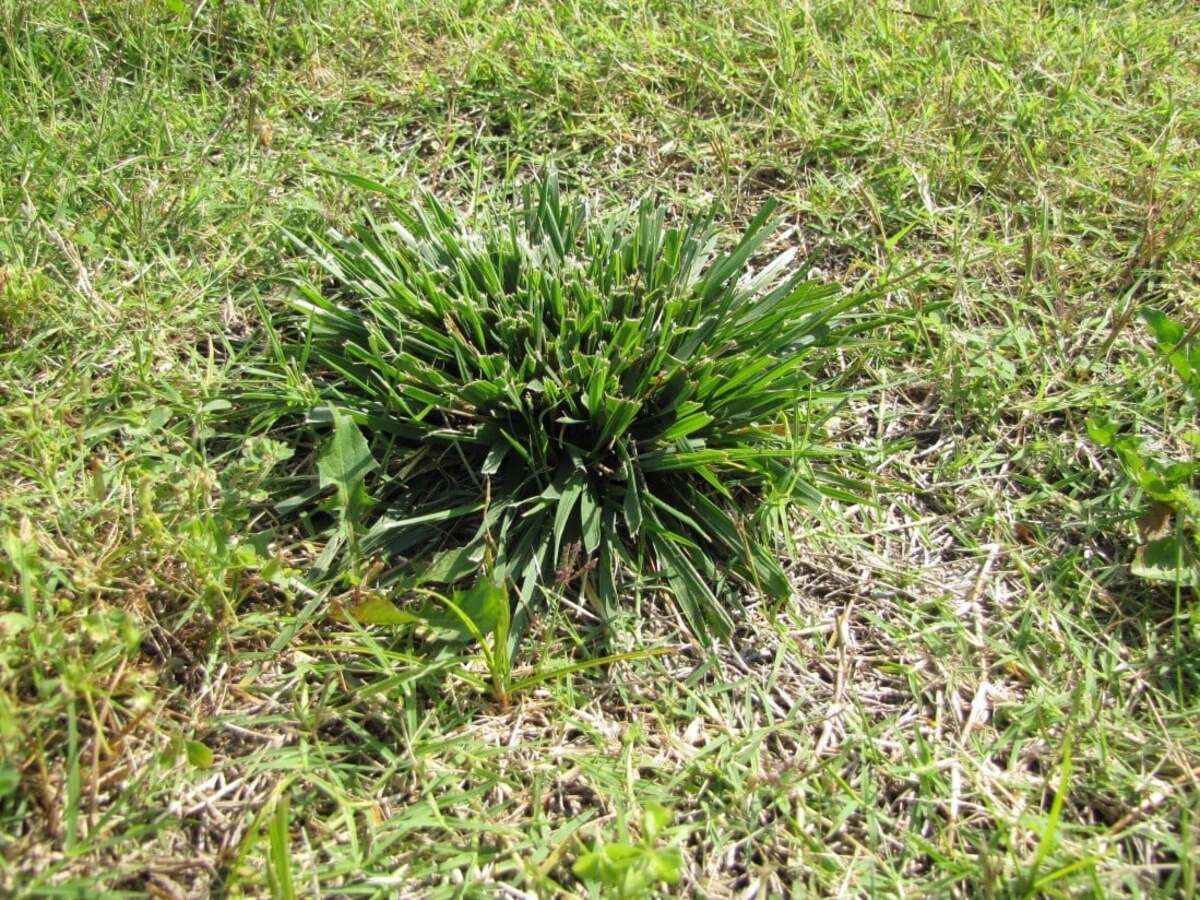
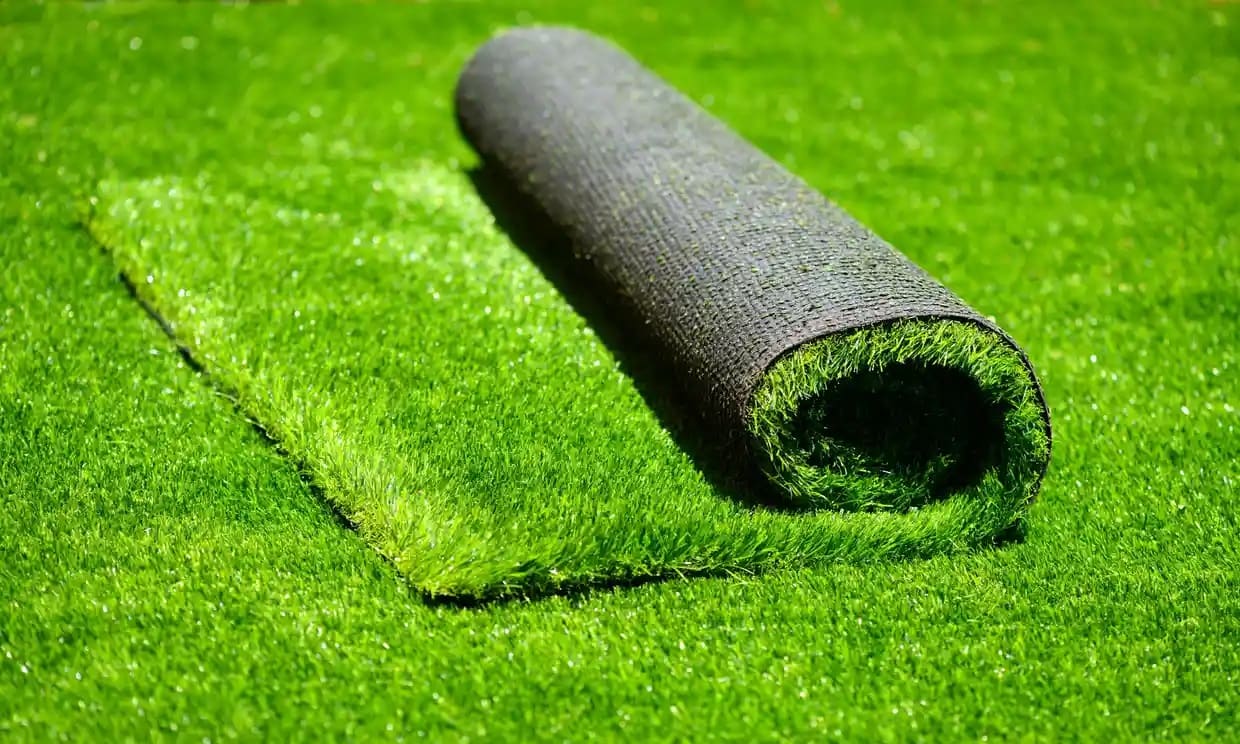
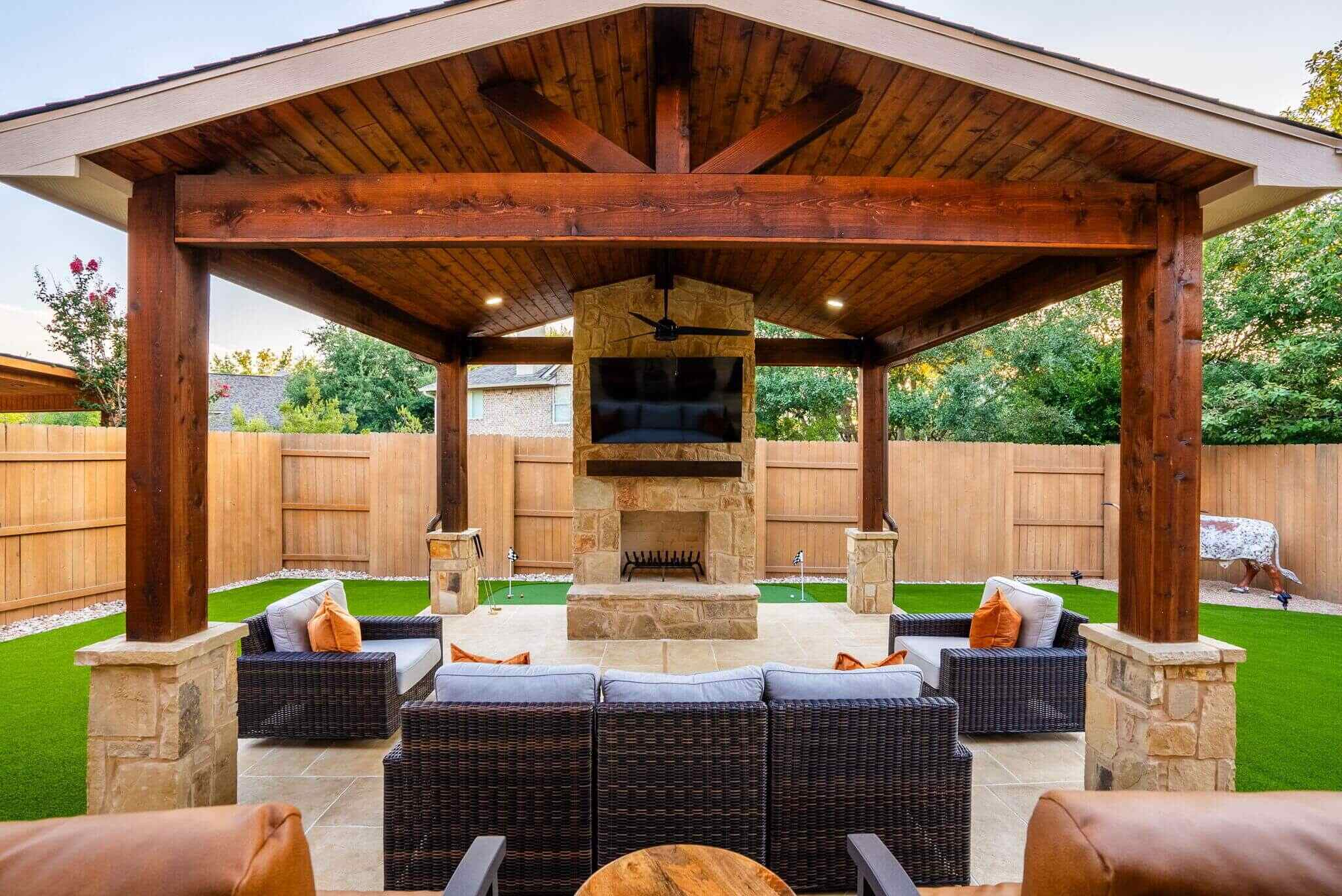

0 thoughts on “What Is Synthetic Grass Called?”